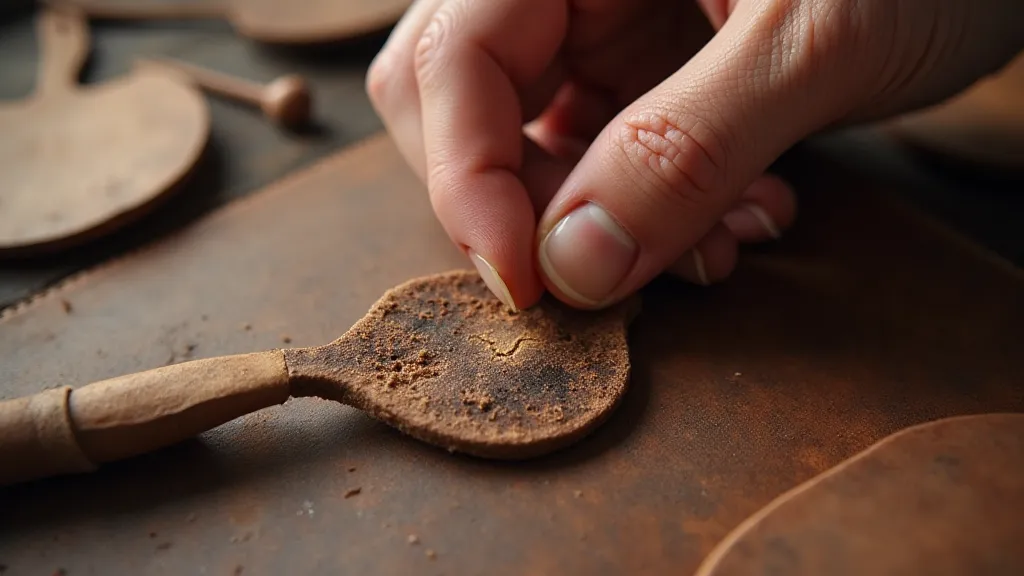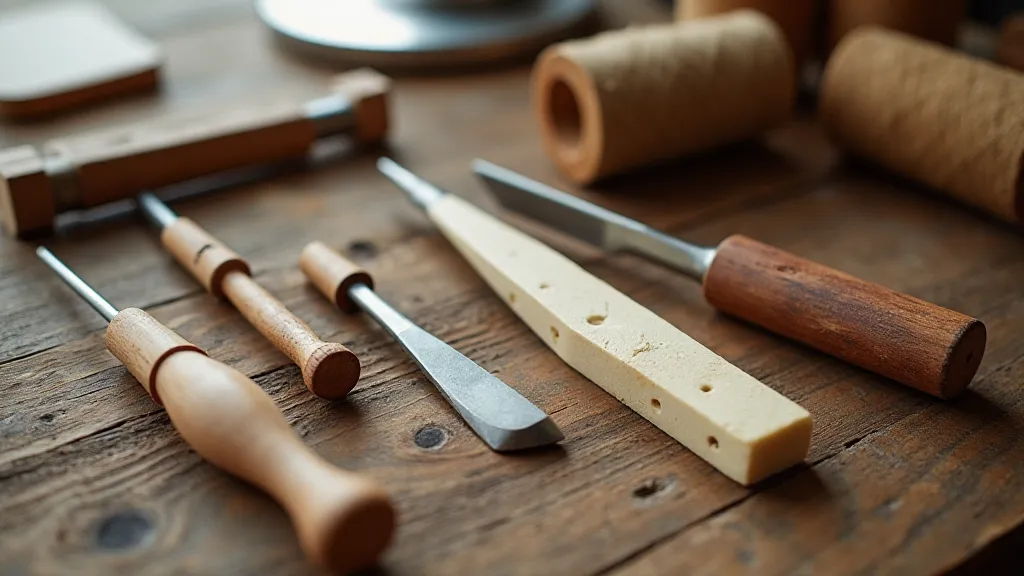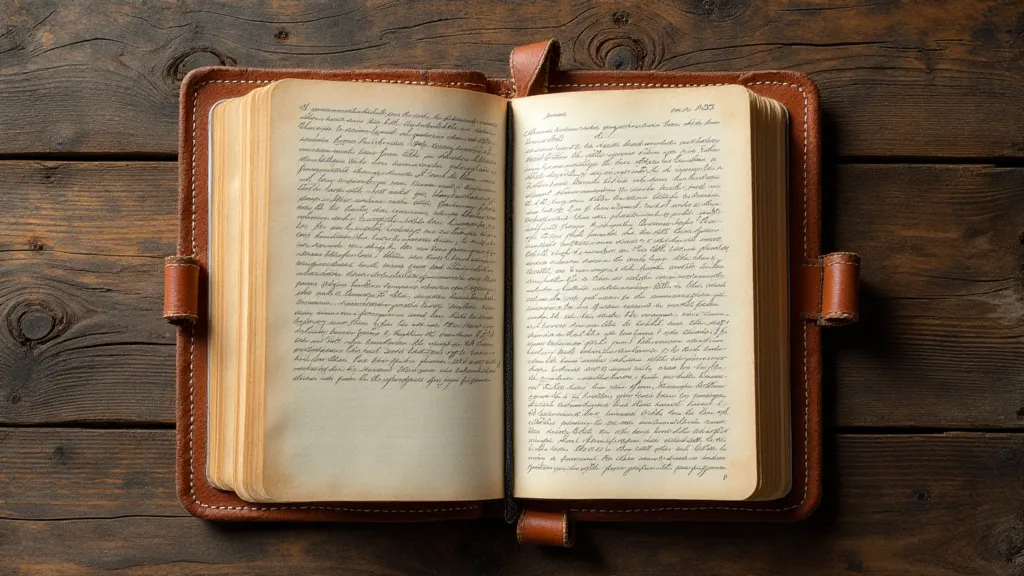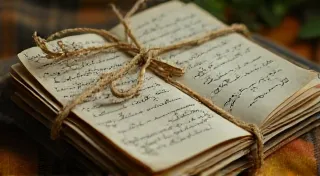The Binding as Sanctuary: Crafting Personal Notebooks as Spaces for Reflection
There’s a particular scent that clings to old things – not the musty odor of neglect, but a subtle fragrance of time, of stories held within layers of aging paper and worn leather. I’m reminded of it often, particularly when handling antique accordions. Each button, each bellows fold, whispers of music once played, of hands that coaxed melodies from its depths. The accordions themselves, often bound in leather, are physical embodiments of cherished memories; vessels filled with echoes of laughter, romance, and quiet contemplation. It’s that sense of preservation, of imbuing an object with personal significance, that draws me to leather bookbinding – and increasingly, to the creation of custom notebooks, acting as miniature sanctuaries for thought.
The modern world demands constant output. We’re expected to be “on,” to produce, to connect. But where do we find space for quiet introspection, for the simple act of *being*? I’ve found a surprising refuge in the deliberate, methodical process of binding leather. It's a slowing down, a mindful engagement with the present moment that acts as a direct antidote to the frenetic pace of daily life.

A Historical Perspective: Echoes of the Past
Leather bookbinding isn't a modern invention. Its roots run deep into history, intertwined with the preservation of knowledge and the creation of beautiful, enduring objects. Think of illuminated manuscripts, their pages lovingly protected by intricately tooled leather covers. The techniques employed centuries ago – the careful selection of leather, the precision of the stitching, the artistry of the tooling – weren’t merely functional; they were acts of reverence, expressions of dedication to preserving and transmitting knowledge across generations. Medieval monks, for example, painstakingly bound sacred texts, not just to protect them, but to create works of art that honored the words within. The materials themselves were often symbolic – goatskin for its durability, vellum for its exquisite smoothness.
While true medieval binding techniques can be complex and require significant expertise (often involving paring, and intricate tooling), the core principles remain relevant even for those embarking on a simpler custom notebook project. Understanding the historical context isn't just about appreciating the craftsmanship of the past; it provides a framework for making conscious choices about materials and techniques today. You're not just binding paper; you're participating in a tradition spanning centuries.
The Materials: Choosing Your Foundation
The quality of your materials directly impacts the final result and the meditative experience itself. Leather isn't all created equal. Vegetable-tanned leather is, in my opinion, the best choice for bookbinding. Unlike chrome-tanned leather, it develops a beautiful patina over time, telling its own story through subtle changes in color and texture. It’s also far more receptive to tooling and embossing, allowing for a level of personalization that’s simply not possible with other types of leather.
Beyond the leather itself, consider the paper. Acid-free paper is essential for longevity. Think about the texture – smooth for elegant writing, slightly rough for a more rustic feel. The choice is yours, and the decision itself becomes part of the creative process. For the thread, waxed linen thread is the classic choice, providing strength and durability. The tools needed aren’t as daunting as they might seem. A bookbinding awl, needles, a bone folder, and a cutting mat are the essentials. Don’t be intimidated by a “bookbinding tools list”; start with the basics and build your collection as your skills and interests grow.

The Stitch: A Rhythm for the Soul
The act of stitching itself is where the true magic happens. There's a rhythm to it, a predictable sequence of holes and stitches that allows the mind to settle. The simplest stitch – the all-around link stitch – is a great starting point. It's straightforward to learn and produces a strong, reliable binding. As you become more comfortable, you can explore other patterns, like the kettle stitch or the long stitch. Each stitch offers a slightly different aesthetic and level of complexity.
Don't rush the process. Embrace the repetition. Allow your thoughts to drift, then gently guide them back to the task at hand. It’s a form of active meditation, a way to cultivate mindfulness through physical action. There will be times when you make mistakes – a misplaced hole, a crooked stitch. These aren’t failures; they’re learning opportunities. They’re reminders that perfection isn't the goal; the journey of creation is.
More Than Just a Notebook: A Personal Sanctuary
The finished notebook isn’t just a container for words; it’s a testament to the time and care you invested in its creation. It’s a physical embodiment of your commitment to slowing down, to reflecting, to creating space for yourself. Imagine writing in it – not just jotting down to-do lists or grocery items, but journaling, sketching, composing poetry, or simply observing the world around you. The notebook becomes a sanctuary, a safe haven for your thoughts and feelings.
The process of creating a custom notebook can also be a gateway to other leather craft basics. You might find yourself wanting to experiment with tooling, embossing, or dyeing the leather. The possibilities are endless. And just like those antique accordions, each notebook you create will become a cherished object, imbued with personal significance, a reminder of the beauty of mindful creation.

Preservation and Collecting: A Glimpse into History
While creating your own notebooks is incredibly rewarding, there’s also a quiet joy in appreciating the work of others. Collecting antique or vintage leather-bound books and notebooks can be a fascinating hobby. It’s a chance to connect with the past, to admire the skill and artistry of bygone eras, and perhaps even uncover hidden treasures. Understanding basic preservation techniques – keeping books away from direct sunlight and humidity – is crucial for protecting these fragile relics.
The next time you encounter an antique accordion or a beautifully bound book, take a moment to appreciate the craftsmanship, the history, and the stories held within. And consider embarking on your own journey of creation, transforming simple materials into a personal sanctuary for reflection.





